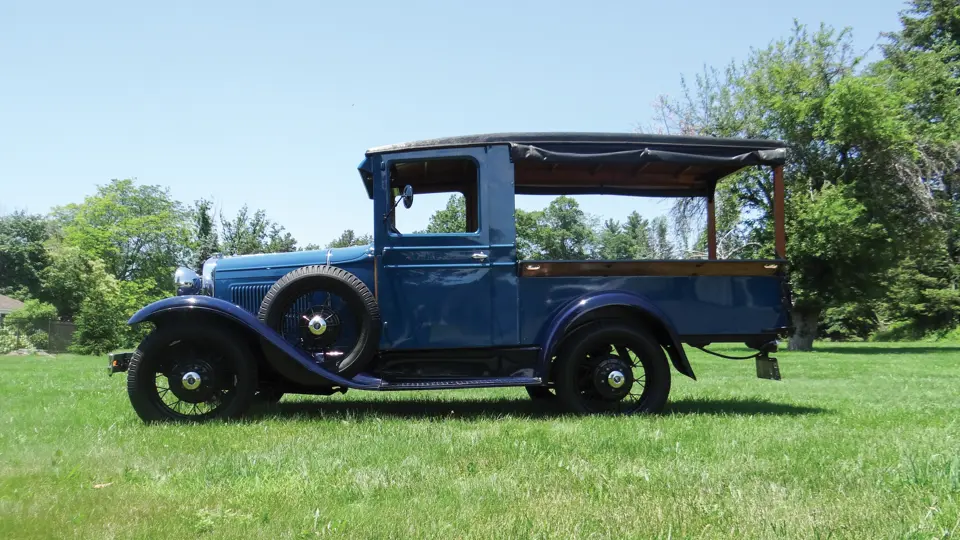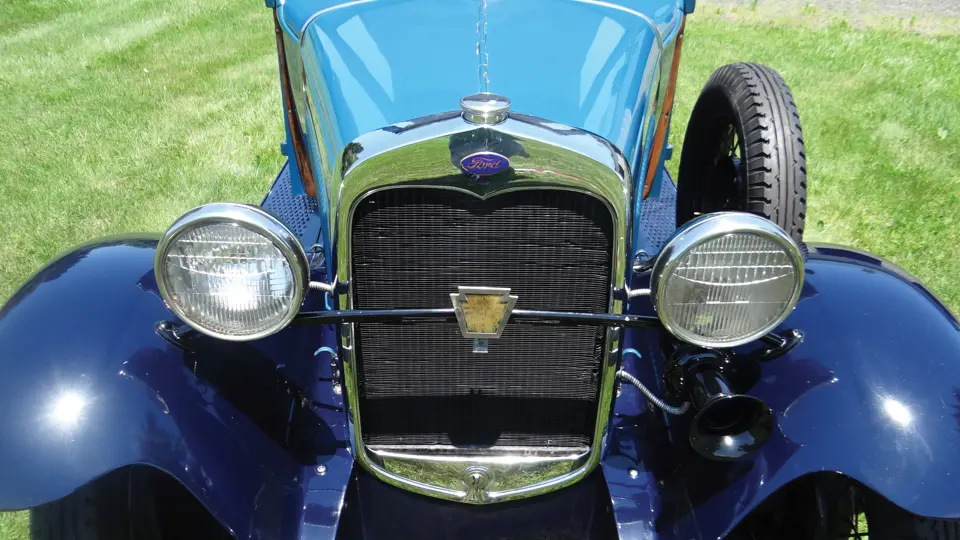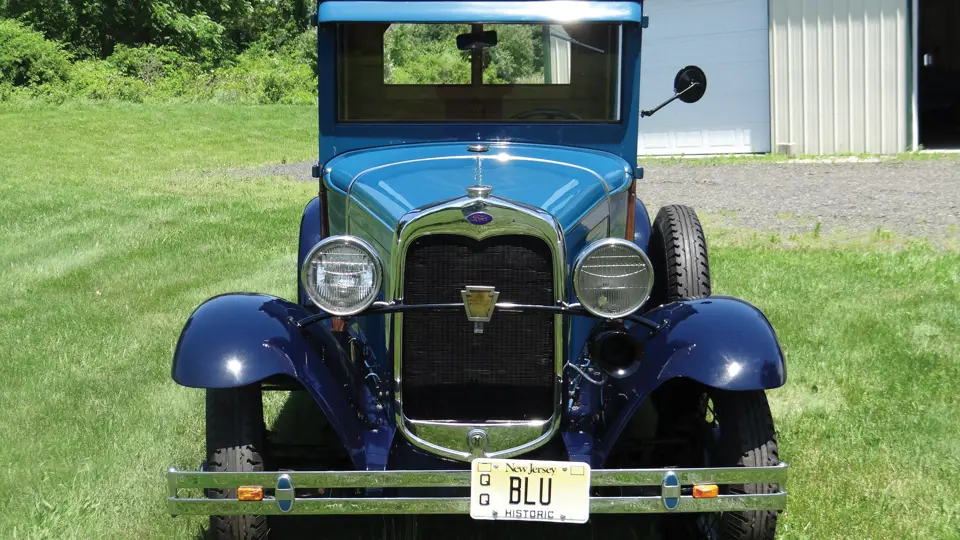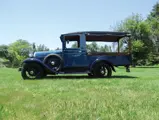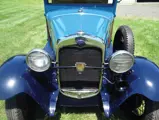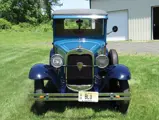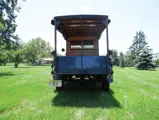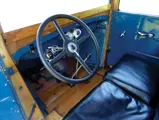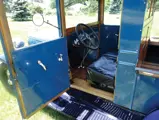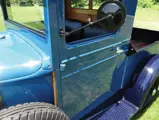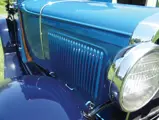Although Ford Motor Company first offered a commercial model, the Model C Delivery Car, in 1905, it was 1925 before pickups were added to the catalogue. Even then, Ford did not offer an open delivery “huckster” body, used by traveling vendors of produce and other consumer goods, as other manufacturers, particularly Dodge, did. This niche was left to outside firms, of which there were many in the 1920s. One that focused on Ford was the Martin-Parry Corporation of York, Pennsylvania.
Formed in 1919 from the merger of the Martin Truck and Body Corporation of York, and the Parry Manufacturing Company of Indianapolis, Martin-Parry developed a whole line of commercial bodies for the Model T and Model TT Fords. These included a “Suburban” body, akin to the station wagon, as well as panel delivery trucks and the huckster style, which Martin-Parry called “Canopy Top Express.”
With the advent of the Model A in 1928, Martin-Parry adapted their styles to the new chassis, even giving them body style numbers in the Ford idiom: the Canopy Top Express was body 505-A. When Ford put a station wagon in the company catalogue for 1929, Martin-Parry dropped the Suburban, but continued the other styles until bought out by General Motors in 1930.
This 1930 Model A Canopy Top Express has been the recipient of a full restoration. Acquired by the current owner some 10 years ago, it has been maintained and upgraded. Examples of the latter include replacement of the generator with an alternator, and adding auxiliary gauges to the Model A’s simple complement of ammeter and fuel gauge. Blue body paint harmonizes with dark blue fenders, and the roof and rear cab partition are finished in high-gloss varnish. Roll-down curtains are fitted to weatherproof the cargo area as necessary. This is one of the last Martin-Parry Fords before the GM buyout, after which Chevrolet became the chassis of choice.
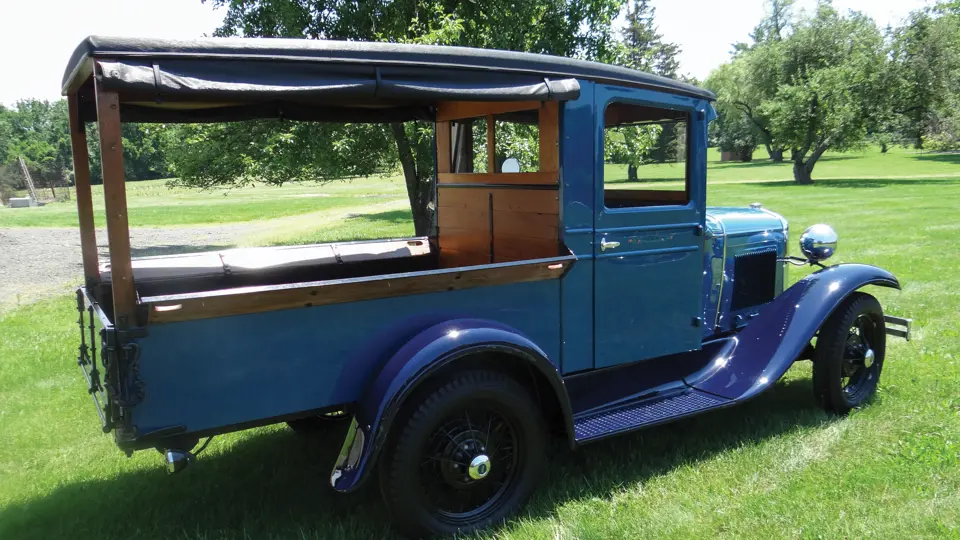
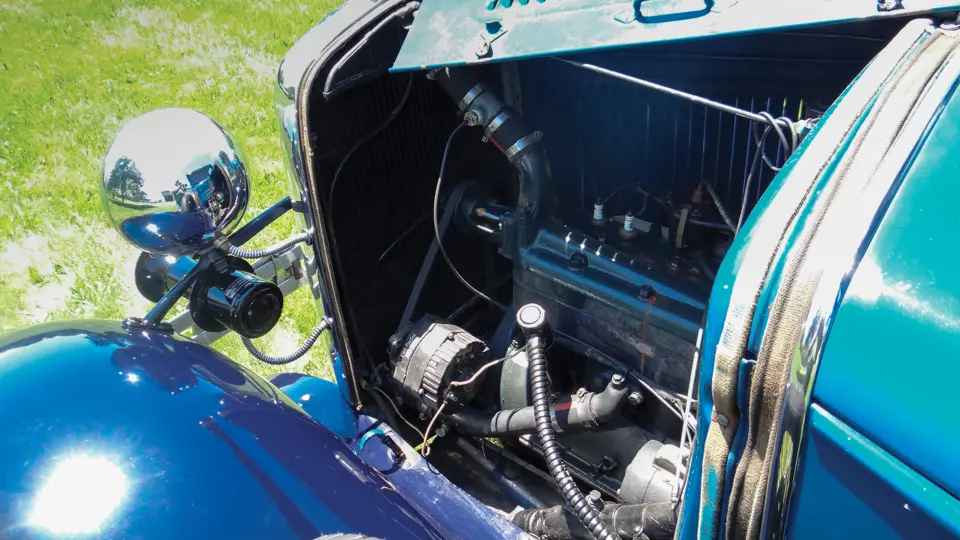
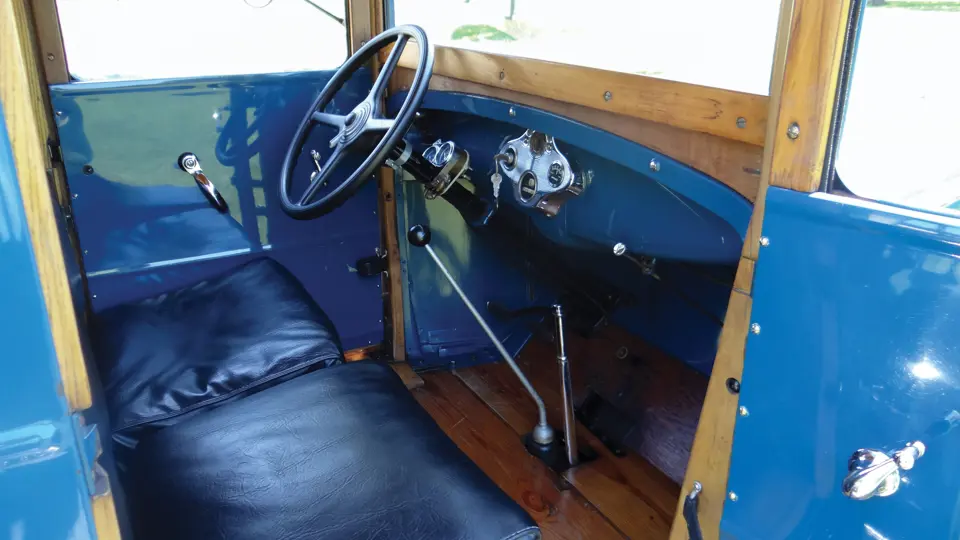

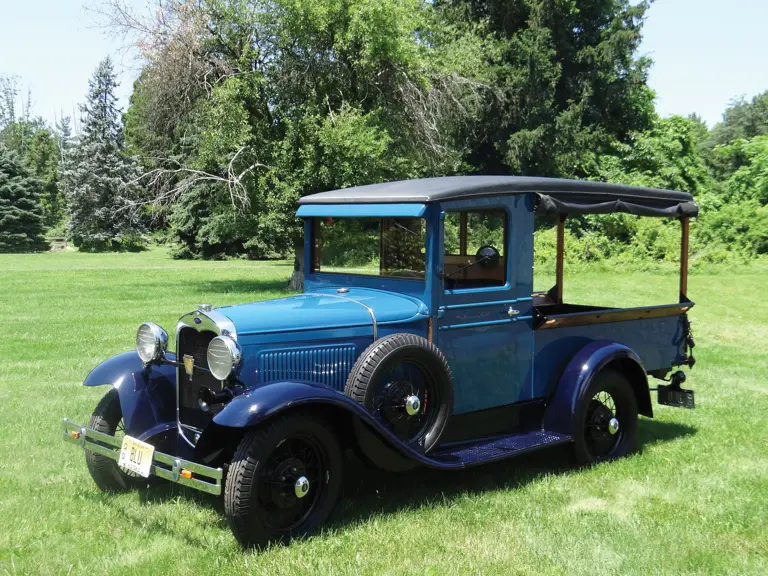
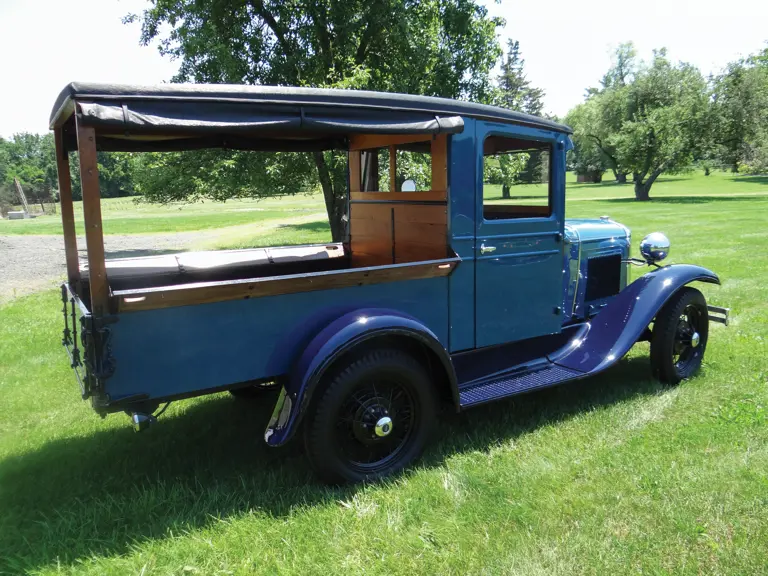

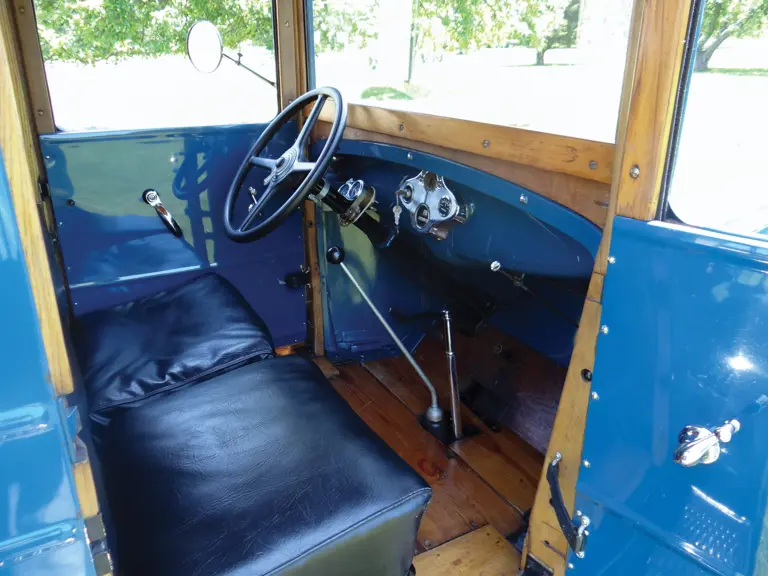

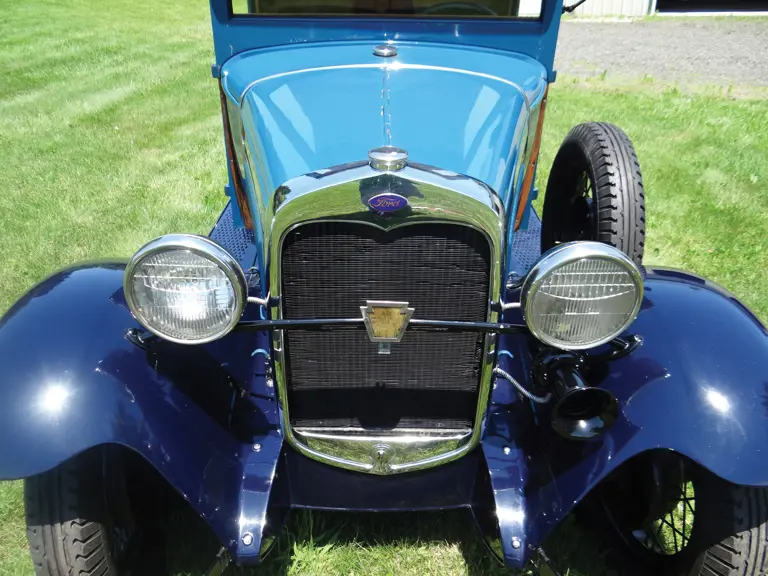
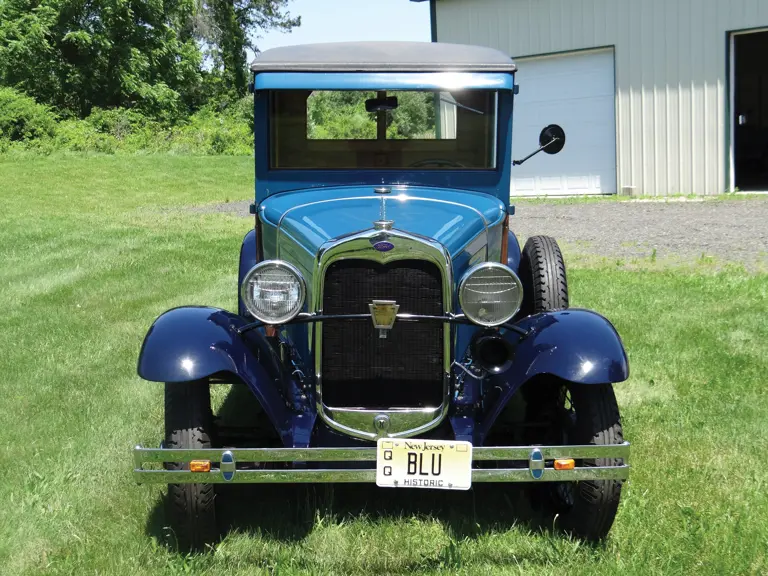

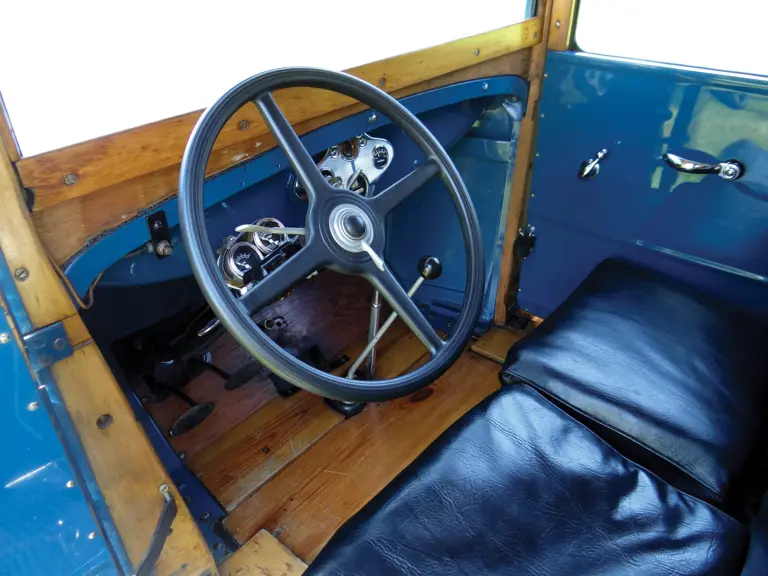

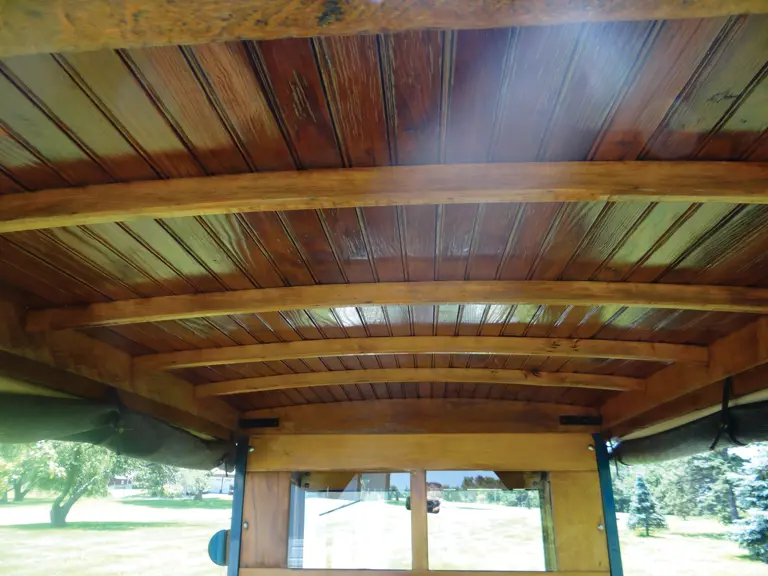
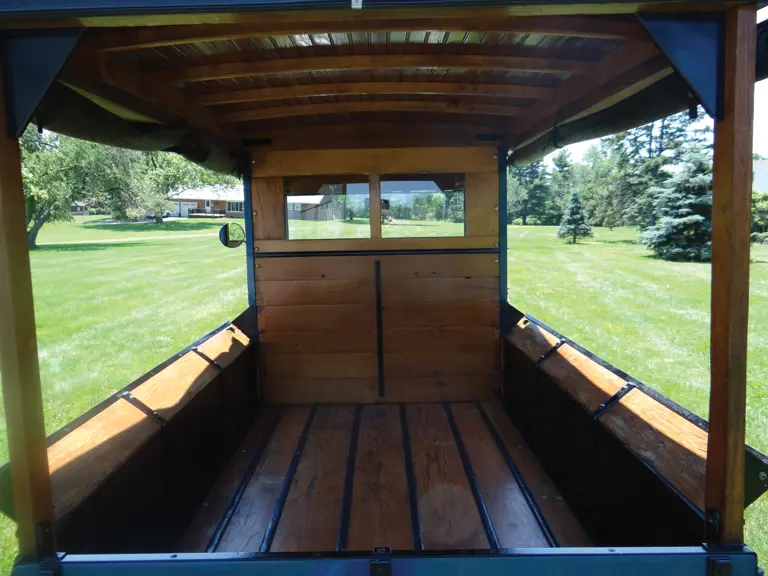
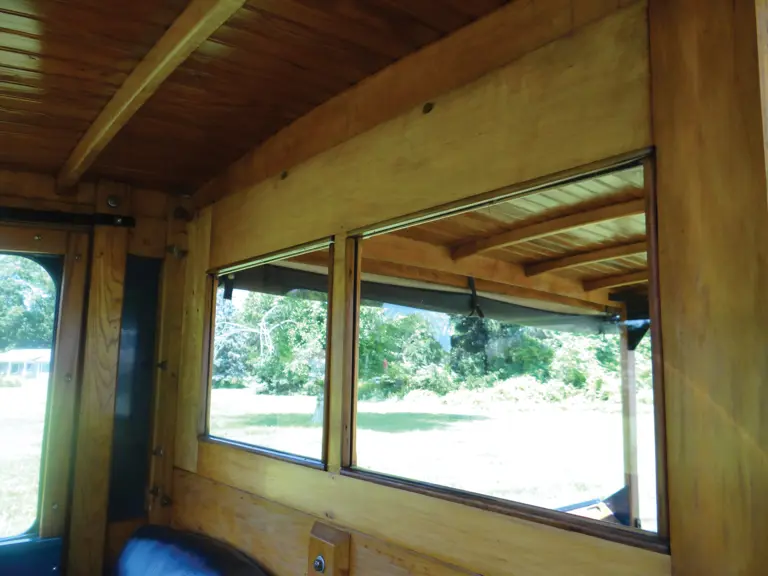
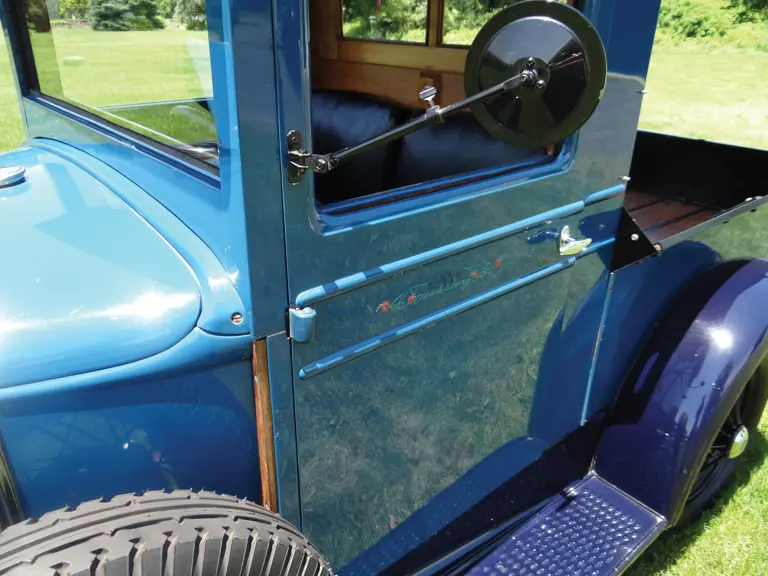
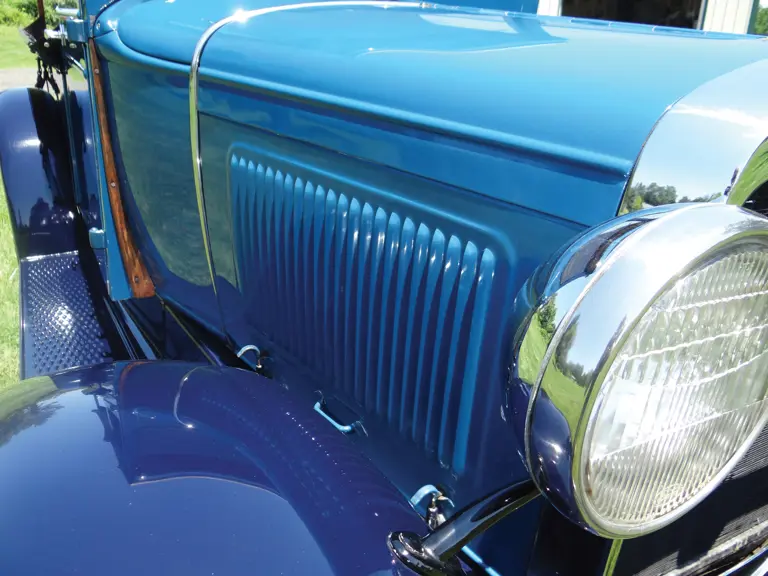
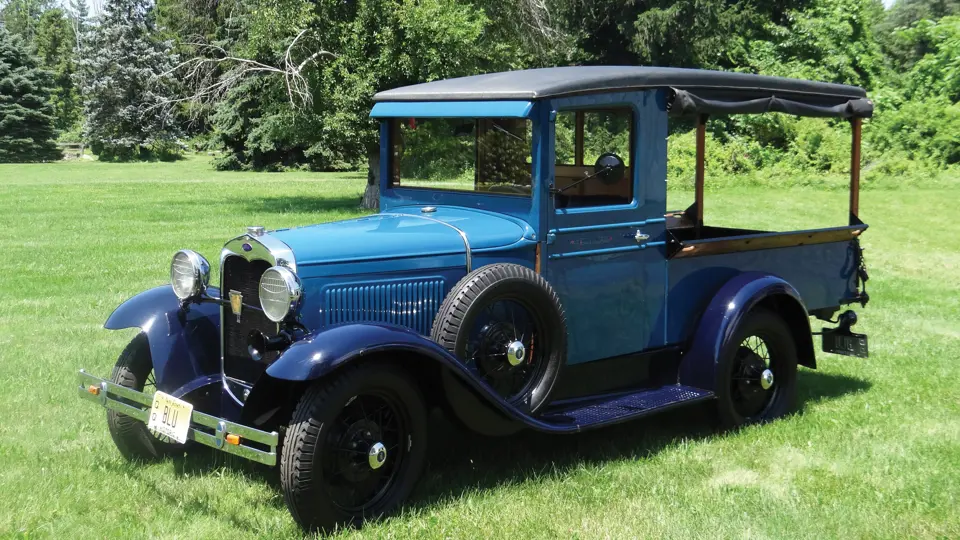
 | Hershey, Pennsylvania
| Hershey, Pennsylvania
